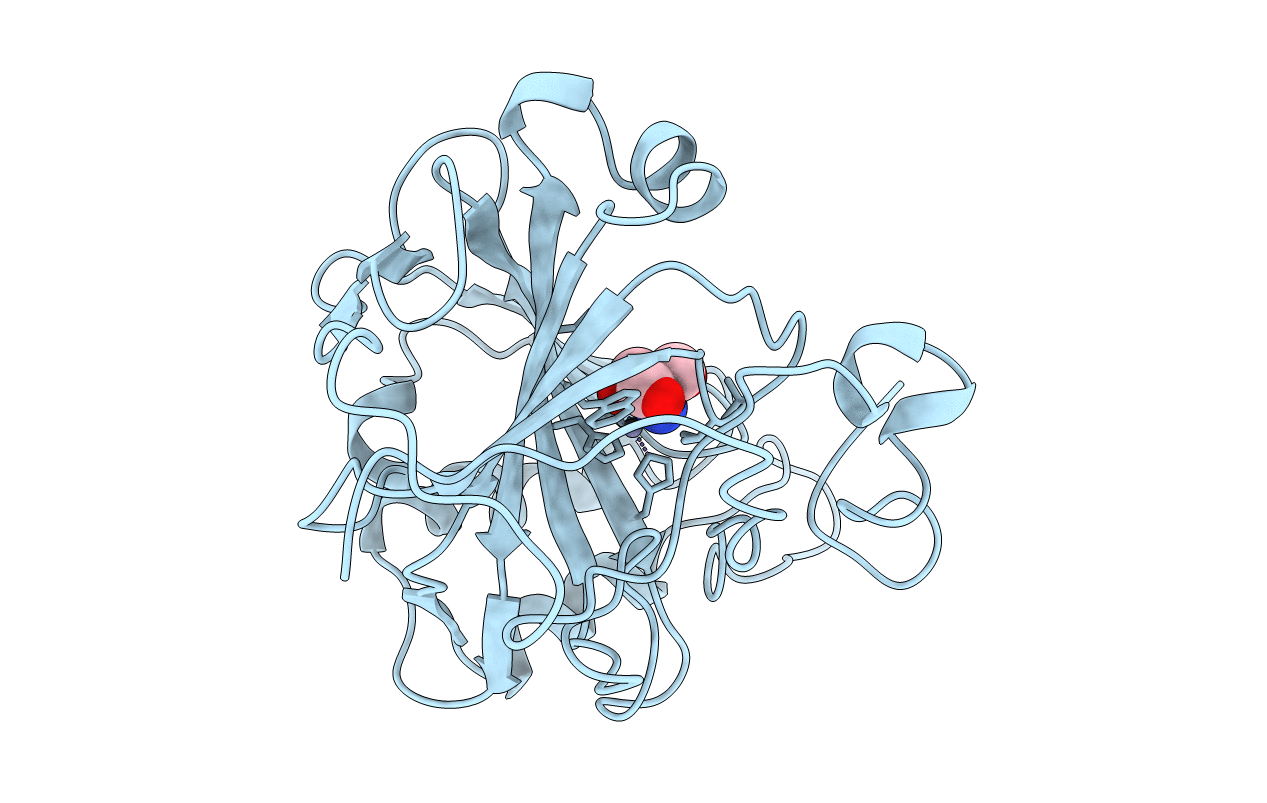
Deposition Date
1997-05-29
Release Date
1997-09-17
Last Version Date
2024-05-22
Method Details:
Experimental Method:
Resolution:
2.00 Å
R-Value Free:
0.20
R-Value Work:
0.15
R-Value Observed:
0.15
Space Group:
P 1 21 1


